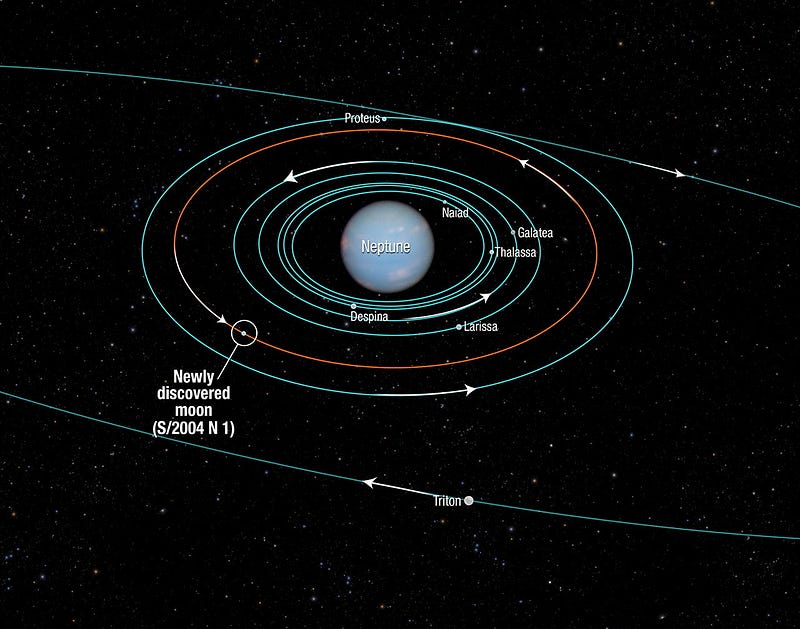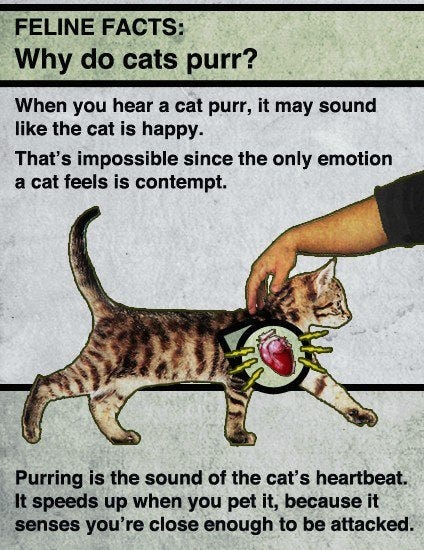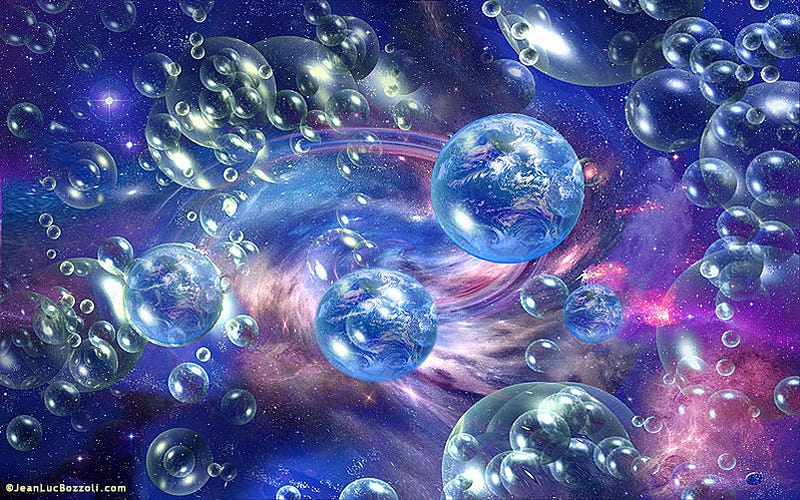Dear Ben Carson: an open letter
But especially for anyone who listened to your “Celebration of Creation” speech.
“In science it often happens that scientists say, ‘You know that’s a really good argument; my position is mistaken,’ and then they would actually change their minds and you never hear that old view from them again. They really do it. It doesn’t happen as often as it should, because scientists are human and change is sometimes painful. But it happens every day. I cannot recall the last time something like that happened in politics or religion.” –Carl Sagan
I would love to live in a world where esteem for knowledge, expertise, scientific facts and conclusions were something we could all agree on. We may find differences in how we choose to act on those facts, or where our priorities lie politically, but when it comes to what’s factually known (rather than what we believe or have an opinion about), there shouldn’t be any disagreement.
At least, that’s the world I’d like to live in. But we quite clearly live in a world where not only are the conclusions from the experts discounted, but the agreed-upon facts are so twisted and misinterpreted that many will reach the opposite conclusions from the scientifically valid ones.
https://www.youtube.com/watch?v=YPqq6fr2CF4
Such is the case with U.S. presidential hopeful Ben Carson, who said some quite incorrect (and pandering) things in this 2011 speech. In particular, I’m a theoretical astrophysicist, and these bits from 31:03 to 33:19 in the video above (thanks to a transcription from Daniel W. VanArsdale) were the pieces I took the most issue with:
Well, now what about the big bang theory? I find the big bang really quite fascinating. Now here you have all these highfaluting scientists, and they are saying there was this gigantic explosion and everything came into perfect order.
[…]
Well, but I mean it’s even more ridiculous than that, because our solar system, not to mention the universe outside of that, is extraordinarily well organized to the point where we can predict 70 years away when a comet is coming. Now that type of organization, to just come out of an explosion?
[…]
And then even if you want to use their own scientific theories, you know you’ve got this mass spinning and then it explodes. In physics we have something we call angular momentum and it is preserved, so it should be preserved in any orbit of anything that is effected by gravity around a planet, which means everything has to traverse in the same direction. Well it doesn’t! There are many planets that have satellites and moons that go in the opposite directions. So that doesn’t work with angular momentum.

Now, if you’re a scientist reading this, you’ll notice a certain pattern of reasoning that’s very common among non-scientists. It looks something like this:
- Here are some facts — and pieces of evidence — that we can all agree on.
- Here is what my logic tells me about those facts and this evidence.
- But here is a ridiculous conclusion that I reach if I follow this logic, those facts and that evidence.
- Therefore, your conclusion (i.e., the standard scientific interpretation) must be wrong, and my conclusion must be the correct one.


“My conclusion” can be anything from a religious conclusion, an alternative scientific idea, a work of complete crackpottery, or really any thought at all.
But there are many, many problems with thinking this way, even though it sounds reasonable:
- The “facts and pieces of evidence we all agree on” are often mis-represented. It’s often difficult to tell whether they’re being mis-represented in that way for the audience’s benefit, because the speaker genuinely believes it, or because it leads to the desired conclusion.
- The logical reasoning employed is almost always hugely flawed. It might rely on using a non-scientific definition of the word “theory,” on a deliberate misunderstanding or willfully ignorant application of a scientific concept, or an application of “classical” logic to a system (like a quantum-mechanical system) that’s inherently non-classical.
- The ridiculous conclusion is certainly a counterintuitive one, especially given steps one and two, but the natural world — and the natural Universe — are often counterintuitive. That doesn’t make it wrong! Nature reveals itself to us through scientific inquiry and investigation, which is all the more reason to listen to the story that the Universe tells us about itself, no matter what it says. (I’ll be running an example of this in less than 24 hours for our Throwback Thursday. Update: here!)
- And finally, after this flawed reasoning “disproves” the standard, accepted picture, the stunning reveal is put forth: and therefore, my conclusion is the only correct option!

What’s maddening about this, if you have any experience as a scientist encountering these claims, is that it’s painfully obvious that this entire exercise was concocted with the final conclusion in mind from the very start! It’s the antithesis of science: twisting the evidence to support your preconceived conclusion, rather than arriving at whatever conclusion the evidence leads you to.
In the specific case of Ben Carson and the Big Bang, there wasn’t an explosion, there was an initial, high-entropy, high-energy and high-temperature state, where matter, antimatter and radiation all existed in great abundance. As time went on, the Universe expanded and cooled, the antimatter annihilated away, and the matter, under the influence of gravity, clumped together, creating stars, galaxies, planets, and eventually, us.
The organization didn’t come about because of the initial conditions of the Big Bang. The organization he refers to came about because of the laws of physics, and of gravitation, electromagnetism and the nuclear forces in particular. They cause the various components of the Universe to bind together, release energy, and become ordered.
But this is just fine, because the energy released means that energy is conserved, and the entropy of the whole system — of the ordered part and of everything else — actually increases as time goes on. We have ordered pieces, like humans on planet Earth, because the rest of the Universe is even more disordered than when we started off.

The fact that we can predict when a comet is coming has nothing to do with order, and everything to do with the laws of nature themselves. The same thing for counter-rotating moons: they tend to be captured asteroids, comets, Kuiper belt objects or other satellites. These are common: Mars’ moons are like this, Saturn’s moon Phoebe is this, and Triton, the largest moon of Neptune, has its origin in the Kuiper belt. (If it remained there, it would be the largest and most massive of all Kuiper belt objects, defeating both Pluto and Eris handily.)
If you want to ask the question of, “where do those laws come from,” that’s great! Scientists ask these questions, too, and we have yet to find a satisfactory answer. The possibilities generally fall into three categories:
- Either they come about because of some sort of physical dynamics, where the Universe is compelled to arrive at these laws, forces and values by some mechanism,
- Or they always have this value because the Universe was born with these values and this is just the way things are,
- Or because the Universe is one of many that took on a wide variety of values and had a huge variance of laws, and we just live in the one where things worked out nicely.
I favor the first option, but I recognize it’s only an option. To decide, we’d need some evidence, and right now we don’t possess it.

But none of this is any excuse for circumventing the scientific process with dishonest rhetoric. If it’s important for you to reach a certain conclusion — like a religious conclusion, for example — you can simply draw that conclusion scrupulously. And by scrupulously, I mean this: faith is okay. (Non-faith is okay, too, of course.) But you must draw your conclusions in a manner that’s also consistent with the full suite of evidence with what the Universe tells us about itself.
If your faith tells you that the Sun isn’t powered by nuclear fusion, but by high-tensile space noodles, we can reject that aspect of your faith, scientifically. (Sorry, space noodle fans!) But that doesn’t need to be a problem for you or any adherents of your faith; you simply need to esteem the knowledge, understanding, facts and conclusions that the Universe gives us about itself. It’s the way to create the world we want for people of any and all faiths, and that should be the world we all want.
Leave your comments on our forum, and support Starts With A Bang on Patreon!





